
College baseball, is like your GPA. It’s a reflection of what you have done on a daily basis throughout the year. It’s not how well you crammed studying the night before an exam or pulled an all nighter to write the term paper. The Road to Omaha is no different. The work that you put in all year long dictates your personal and team success. Since you may be new to following the teams in the College World Series, here is their season layout that got them to the Castle of College Baseball Royalty 2017.
A player that I coached a few years ago was getting interest from a local college team. It was obvious to see the exuberance this brought to him. However, he knew nothing about the process of college baseball. He asked me if colleges start practice on March 1, same as the high schools in the area. With a chuckle, I had to let him know that some teams may have already played 8 games by March 1. Almost half of a high school season. So allow this post to provide you a guide to the College Baseball Season Layout.
The Road to Omaha
How it Begins
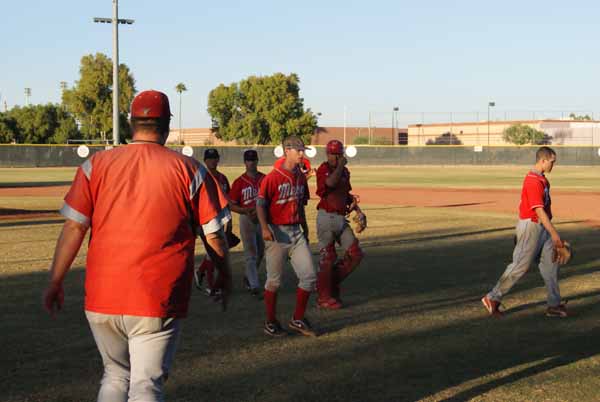
The team will have a month of tryouts/practice in the fall. As mentioned in the previous post, a lot of evaluation is done here for decisions regarding the spring. Take full advantage of it. 1st things first, show up in shape and ready to go! The atmosphere is far more relaxed than in the spring, the weather is usually great for playing, and you have many opportunities to prove yourself.
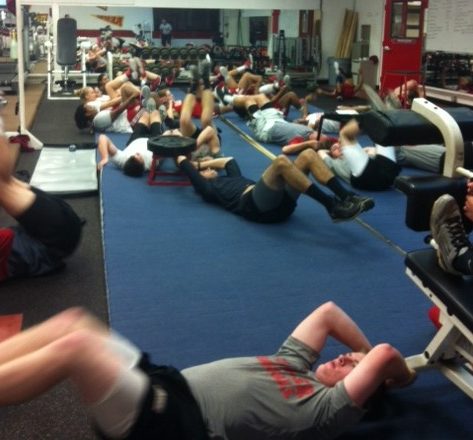
After the fall season, you will be in the weight room and on the track as a team up until semester break in December. Usually, colleges have a month long break for the holidays. Don’t forfeit all the strength gains that you made in October, November, December from training. Continue to be in the weight room at home. Too many college players go back home and do nothing over the break. They are playing catch up for the 1st month of practice before games begin. This is also the time to get your arm into throwing shape. Because once practice starts in January, your are throwing 5-6 days in a row every week. Arm soreness will happen. It’s no doubt INEVITABLE. This is something that you can control to avoid setbacks.
The Road to Omaha
The Intensity Cranks Up
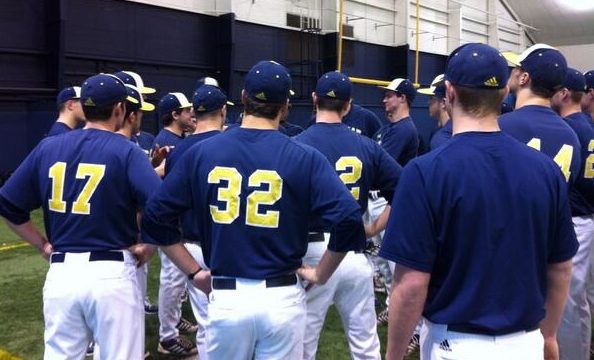
When practice starts in January, you have a month before your first game. Depending on what area of the country you go to college, and how their facilities are, you may have some very makeshift baseball practice areas. Don’t be surprised if you are in a poorly lit basement that is colder than the temperature outside with a pillar in the middle of the infield…..Yes it is known to appear. Makes PFP’s even more tedious. Also, be prepared to play an intersquad in a parking lot with mounds of snow plowed to the side. If you play in warm weather baseball, consider yourself blessed….very blessed!
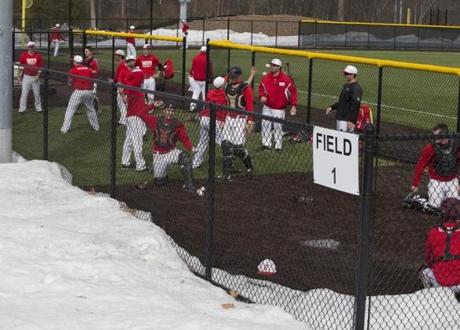
After all the hardwork and dedication that the team has put in since the fall, it finally GO TIME!!! This is why you play the game. To compete and WIN!!!! With the strong emphasis on winning at the college level, once games start, the evaluating of players continues. It is common for players to lose starting spots and have their roles moved around based off of performance. All the intersquads and all the repetitions put in do not always equate to game success. Competition is the greatest and sometimes the most obvious provider of feedback.
It is important to understand, that in baseball, nothing is etched in stone. Things can always change. Injuries are part of the game. Inconsistencies of an individual can lose ball games. The manager has to steer his team away from the roadblocks as best possible and stay ahead of the competition. As a pitcher, innings have to be filled. Just no charity innings. Everything has to be earned at this level. Thats the beauty of it.
The Road to Omaha
Regional Factors

The college baseball schedule is 56 games in 3 months. Now based on what part of the country you are in, the games can be scheduled differently throughout the week. This creates a difference in pitching necessity. Since warm weather schools, do not have to worry about rain outs, snow outs, the field being frozen, or being just too dang cold to play, their game schedule rarely gets deterred with make ups. So if you look at the schedule of a warm weather Division I program, you will see a majority of their games are played Friday, Saturday, and Sundays. Early on, they will have some mid week games with local teams or teams from more northern regions coming down to play on their spring break trip.
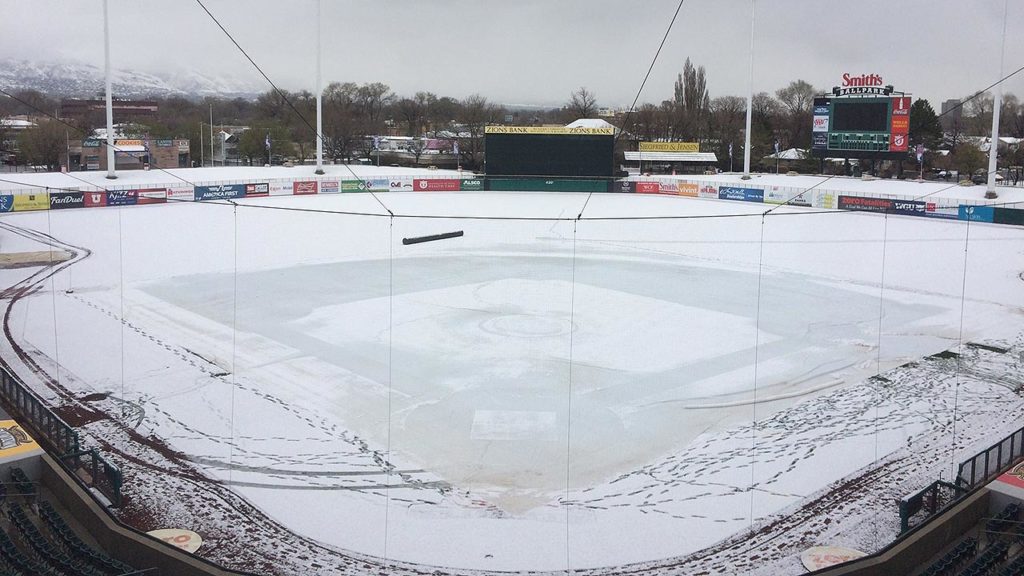
As for those northern teams, all the weather elements just mentioned are very real and create a great deal of chaos early on in a college season. There will be a great deal of make ups in the second half of the season. Nowadays, a northern team will make 1-2 weekend trips to a warm weather destination, followed by their spring trip. Usually, to Florida, California, or Texas. Occasionally, a Hawaii trip is possible for some fortunate programs. The spring break trip will last a week and play almost every day. So that could be atleast 7 games in a week. Obviously, that is a lot of innings to be filled. Especially, early on in the season. Then when the team returns home, they may not be able to play any games for a week or so because of those awful elements.
The Road to Omaha
Pitcher’s Distinction
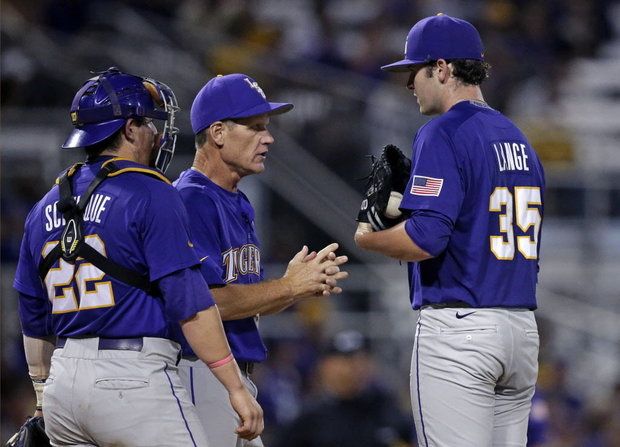
Most teams and conferences play the Friday, Saturday, Sunday schedule. With more midweek games for colder weather teams, means a possible 5-6 games per week. So more opportunities for innings are up for grabs. As innings need to be filled, the biggest deciding factor who the coach gives the ball to, is TRUST. For the pitchers in the middle of the pack on the staff, a coach needs to see pitchers who can consistently get ahead. 0-1, 0-2… And after you can show that you can get ahead, you have good enough secondary stuff to finish off the hitter.
For the ability for a coach to place his trust in you, he needs to see that you are not afraid of the spot. You will know when a pitcher is afraid to be out there, afraid to fail. His body language and inability to throw the ball over the plate are immediate red flags. It will be very difficult for a pitcher to regain the coach’s trust. Nonetheless, when you gain that trust, the coach and the team will ride your hot hand as much as possible. Today, I will leave out how some collage coaches will destroy the arms of their ace pitchers. That is a post for another day.
The Road to Omaha
Why is TRUST So Important?
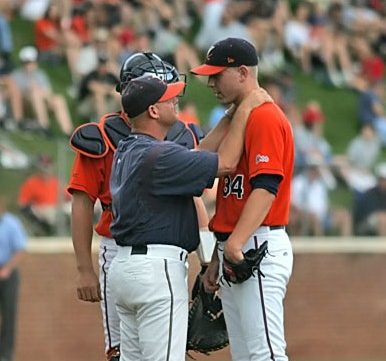
The teams with the most pitching depth will go the deepest into the post season. Everyone knows that postseason baseball is managed much differently than the regular season. Outs are harder to get at this stage. the competition is better. The Conference tournament, Regionals, Super Regionals, College World Series. Double Elimination. There always has to be one team that is gone after 2 games. Plus, no one wants to be in the losers bracket after Game 1. When there is no trust, coaches will use their top pitchers on very little if any rest, over untrusted pitchers who are fully rested. The chance is far too risky. Long story short, execute your pitches with full conviction to position yourself to in the coaches confidence.
The Road to Omaha
How Big is it to the Individual
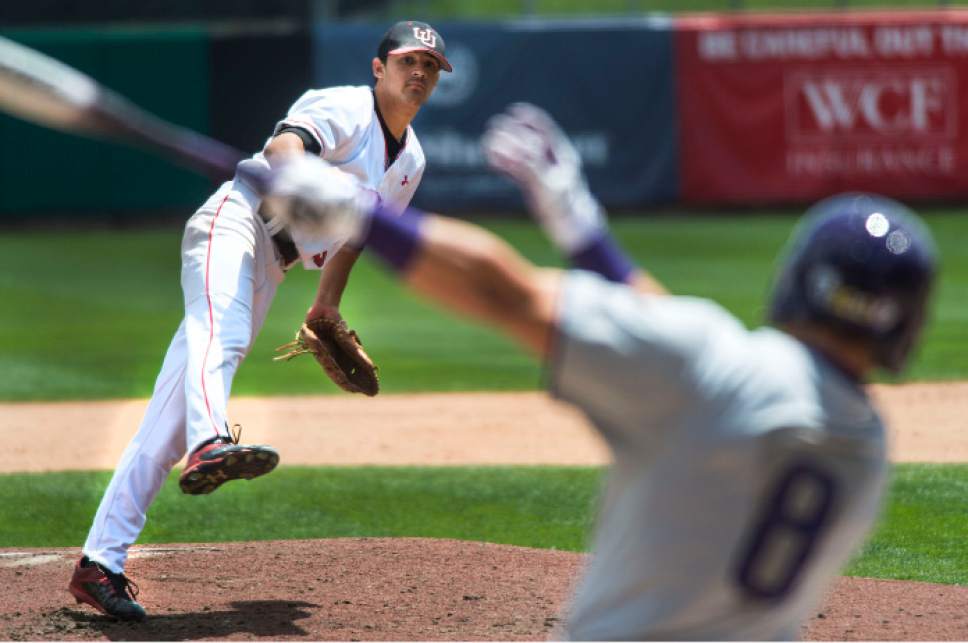
This is how the fortunate 8 teams playing in Omaha this week made it there. As a team and individual talent, they have been busting it since the fall, all school year long. They have endured the ups and downs, made the sacrifices that every student athlete encounters, and kept their eyes on the main goal. Focus and effort we all control. Play the game hard, play it the right way, and good things will happen. Playing in the college baseball post seasons is a very special experience. Whether it is the Road to Omaha, DII, DIII, NAIA, or JUCO ball, you are on the National stage in your respected level. Being a champion is the hardest thing to do in sports. It’s worth every bit of dedication, pain, and sacrifice in attempt to get there. And no one can every take that success away from you!
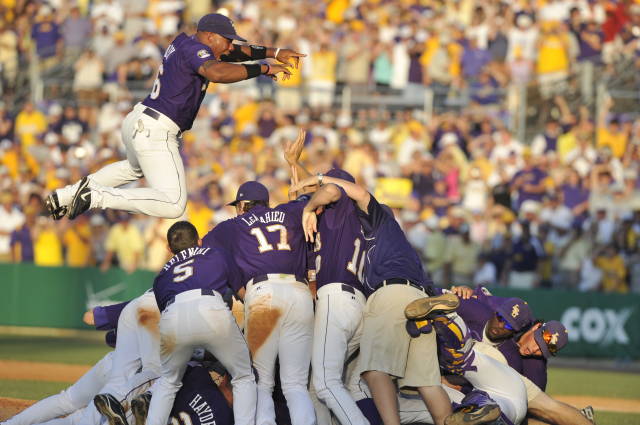
Keep Dominating!!!
About the Author
 Brad Kirsch is the Owner/Creator of Slider Domination. He is a former professional pitcher who blogs about all things Pitching. Brad has also authored the AudioBook, 7 Reasons Why YOU Should Throw a Slider. If you haven’t done so already, you can Download the AudioBook Here
Brad Kirsch is the Owner/Creator of Slider Domination. He is a former professional pitcher who blogs about all things Pitching. Brad has also authored the AudioBook, 7 Reasons Why YOU Should Throw a Slider. If you haven’t done so already, you can Download the AudioBook Here







